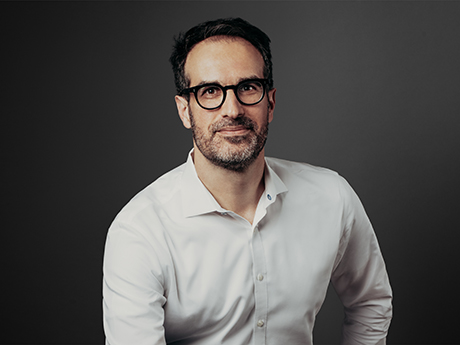The National Multifamily Housing Council’s 2021 White Paper, titled ‘The Future of U.S. Student Housing Demand,’ predicted steady demand and the continued growth of the student housing market, with an 8 percent increase from 8.5 million beds in 2020 to 9.2 million by 2031. While this demand for student housing is promising, the path to developing affordable, quality student housing is far from straightforward, due to a combination of volatility in financial markets and a constrained construction industry. Nevertheless, these headwinds present unique opportunities for universities, colleges, developers, and investors to innovate and thrive.
Underwriting student housing projects in the current financial environment is challenging due to rising interest rates, and rigid lending criteria, coupled with rising construction costs and lingering uncertainties regarding labor and material availability. In addition, there is continuous pricing pressure and cost sensitivity on the end-user side, both students and parents. This is further exacerbated by heightened expectations for product quality, with students’ desire to see enhanced amenities, security, and privacy. Taken together, these trends undermine the viability of student housing development in most U.S. regions. Although these challenges are real and pressing, it’s essential to recognize that they also shine a light on unique pathways to development that otherwise may not exist.
The broader real estate market is experiencing a notable transformation that can work to the advantage of the student housing asset class. Office buildings are grappling with high vacancy rates, difficulties in attracting commercial tenants, and pressure to service debt. This presents an opportunity to establish a lower-cost basis for new student housing development. In central urban areas, there is an increased inventory of office buildings in dire need of repositioning, creating promising conversion opportunities.
In addition, city governments and municipal leaders are motivated to rejuvenate central urban areas and are showing greater willingness to entertain rezoning initiatives. This is also the case on a federal level where the Biden Administration recently unveiled a plan to aid owners in converting vacant offices into apartment units. By providing significant financing resources and technical assistance for conversions, the plan aims to make it easier for these types of projects to advance with a particular focus on sustainability and affordability. While there are architectural and engineering challenges associated with these conversions, there are many buildings where this approach may become a viable path for institutions to consider and enhance the ability to negotiate favorable deals.
At the core of any successful student housing development lies a set of fundamental principles. Thoughtful design, which balances cost-effectiveness with aesthetics, is one of these principles. It’s important to emphasize that a well-designed project need not result in increased construction costs. Rather, thoughtful design means being respectful of the end user, crafting spaces that are functional, efficient, and visually appealing without empty architectural gestures. When the construction budget is allocated wisely, resources should be directed toward the areas that will have the most significant impact on the project’s overall quality such as sustainability initiatives and energy efficiency.
These ideas are both logical in theory as well as practically achievable. In recent domestic and international projects conducted by my firm, DBI Projects in collaboration with educational institutions such as Pace University and Bard College, we have observed that carefully identifying and leveraging available opportunities can lead to successful developments even in an unfavorable commercial market.
In light of market dynamics, universities, colleges, developers, and investors aiming to build new student housing can effectively tackle the current challenges through a combination of awareness, diligence, and creativity. A thorough examination of constraints and opportunities should encompass the formulation of a strategy that addresses urban policy, financial feasibility, smart design, and, ultimately, disciplined implementation.
By forging partnerships, aligning interests, and utilizing creative experts, institutions can not only overcome the market’s challenges but also ride the tailwinds of opportunity, recognizing that the market is not just about hurdles but also about creative solutions. This approach will allow universities, colleges, investors, and developers to transform this moment into a successful chapter in the evolving story of student housing.
—Ofer Ohad is managing partner with DBI Projects.


